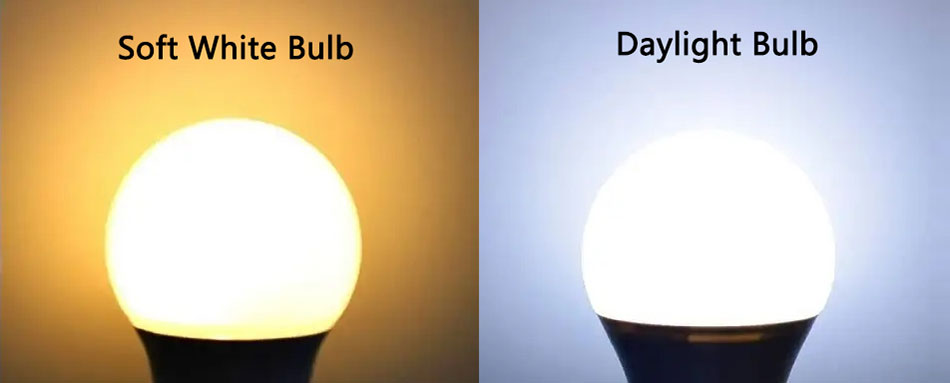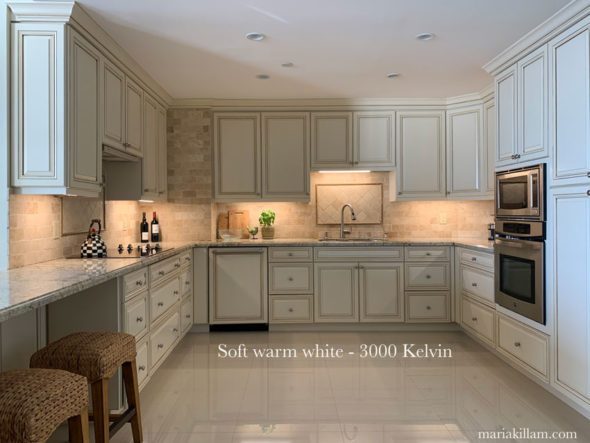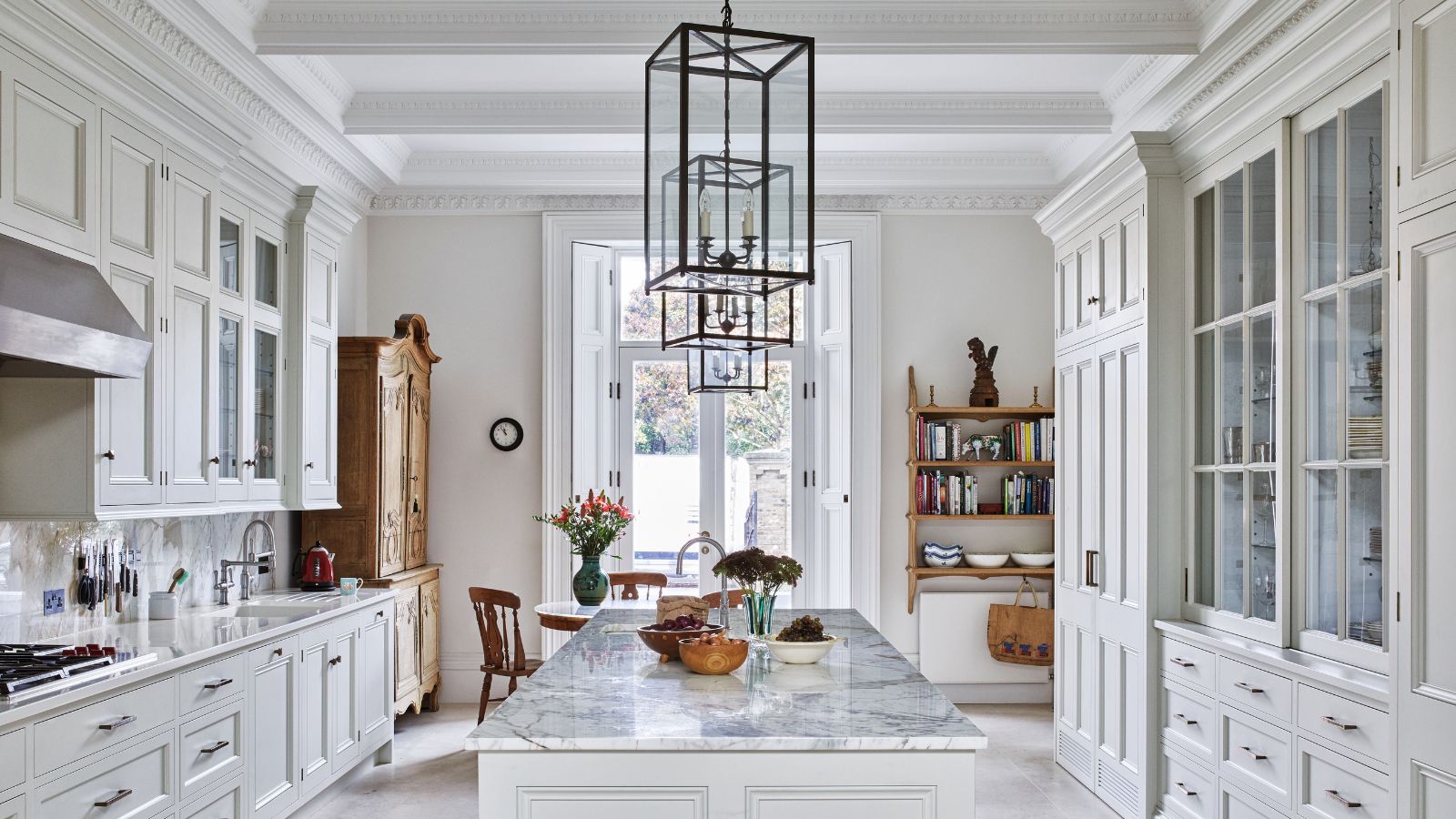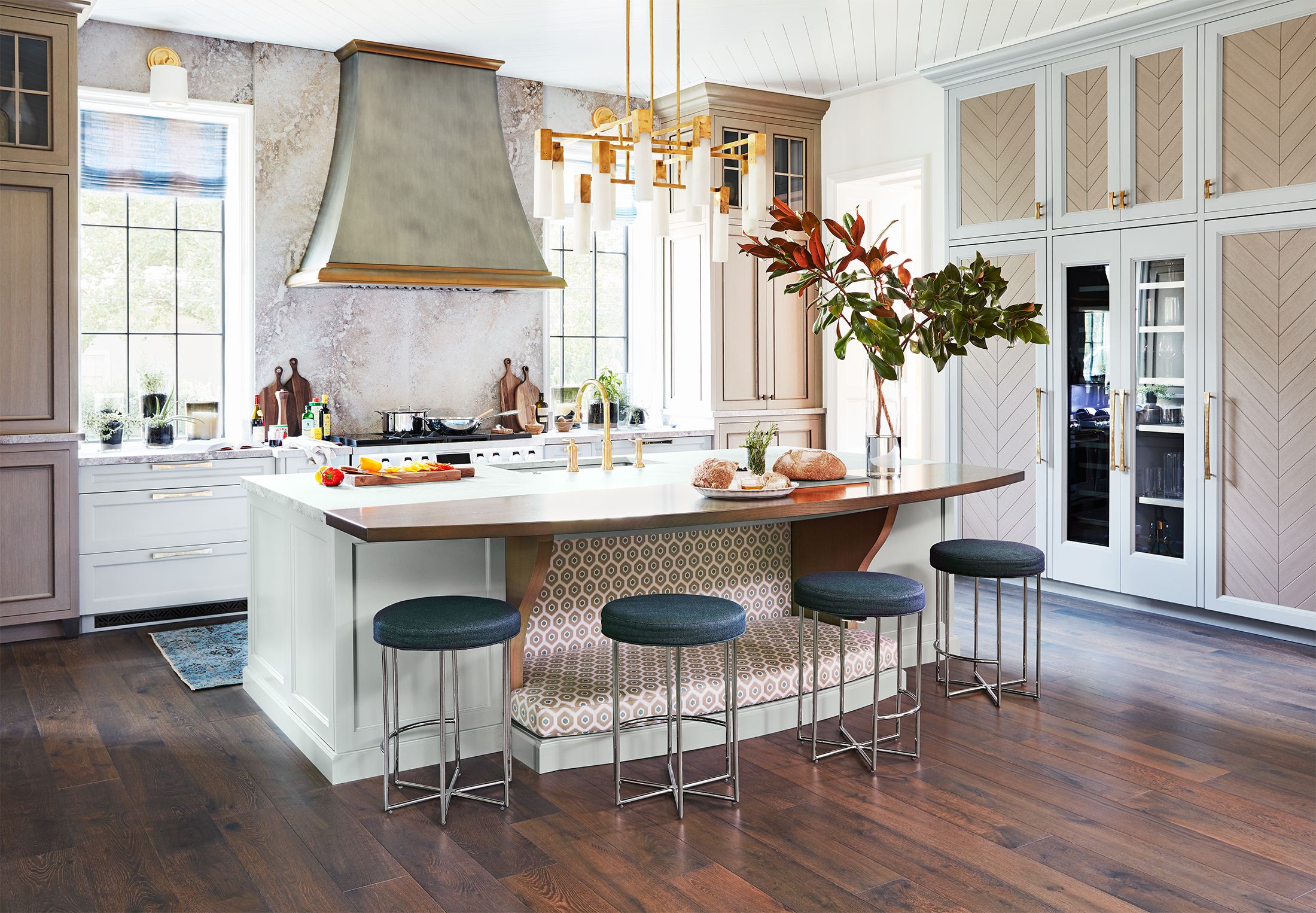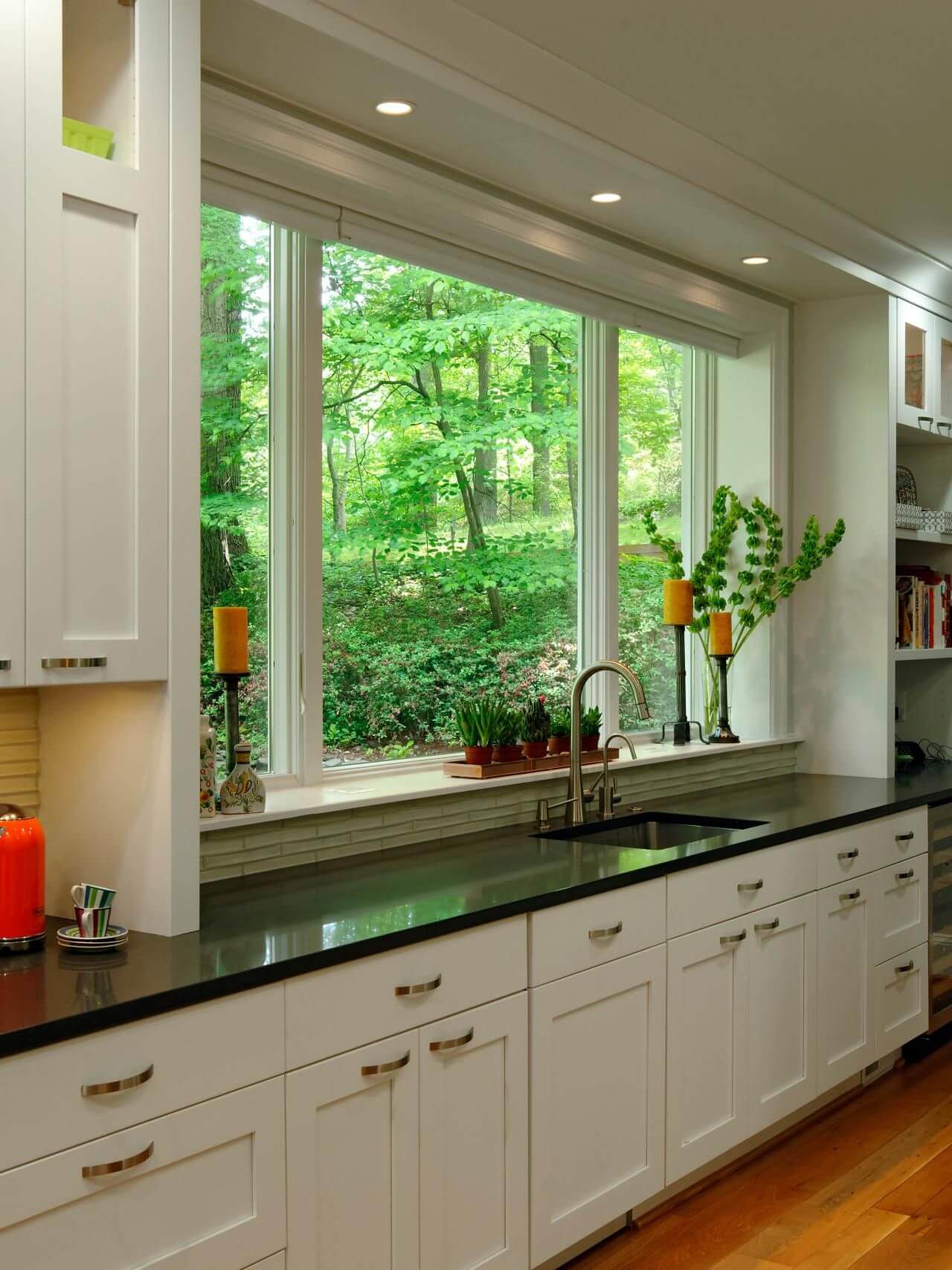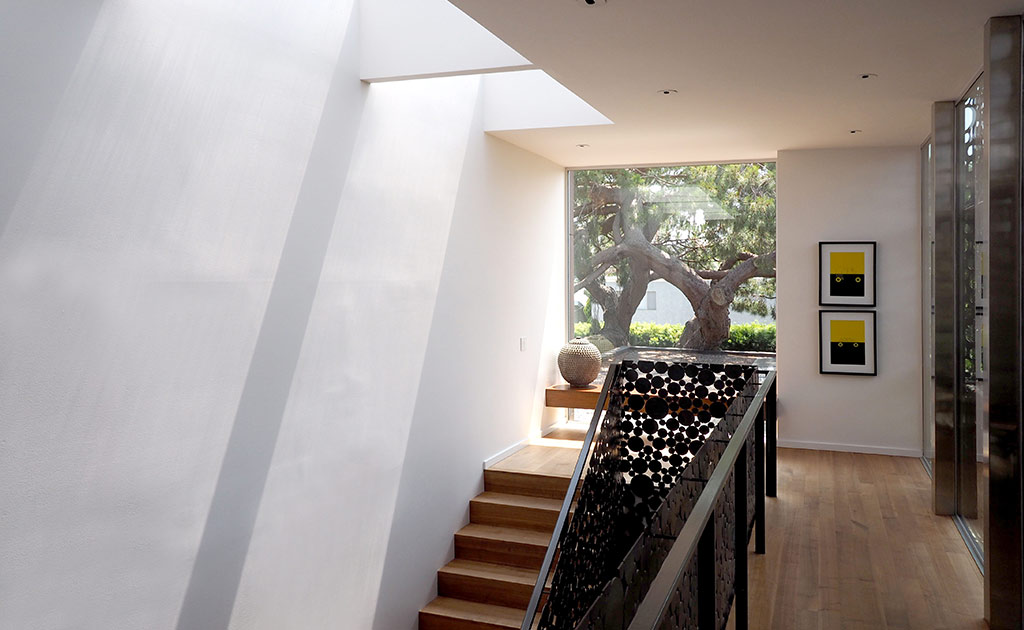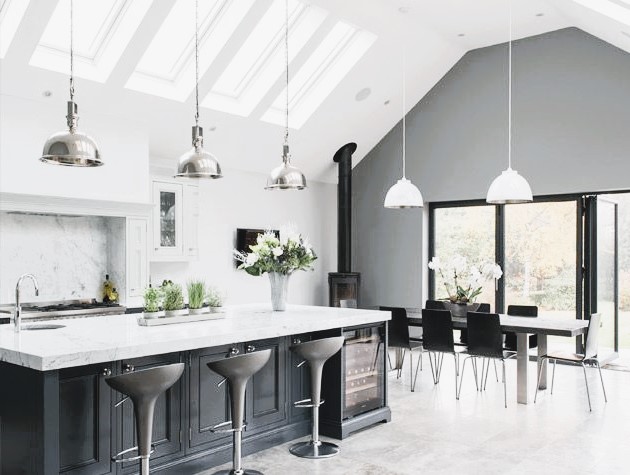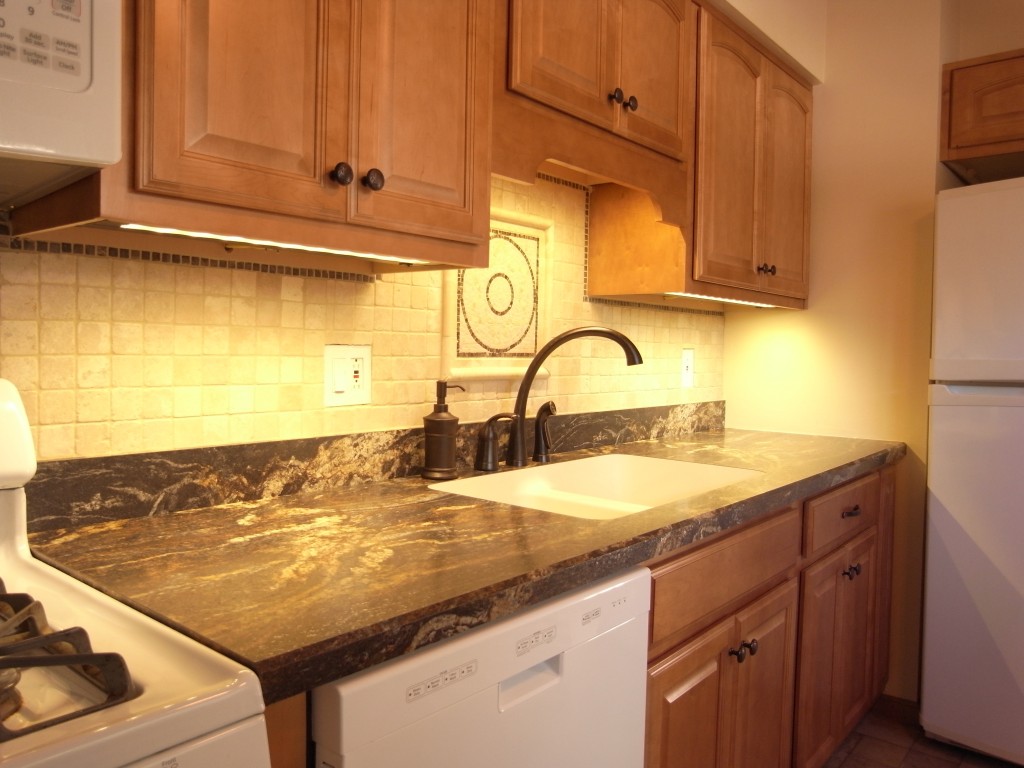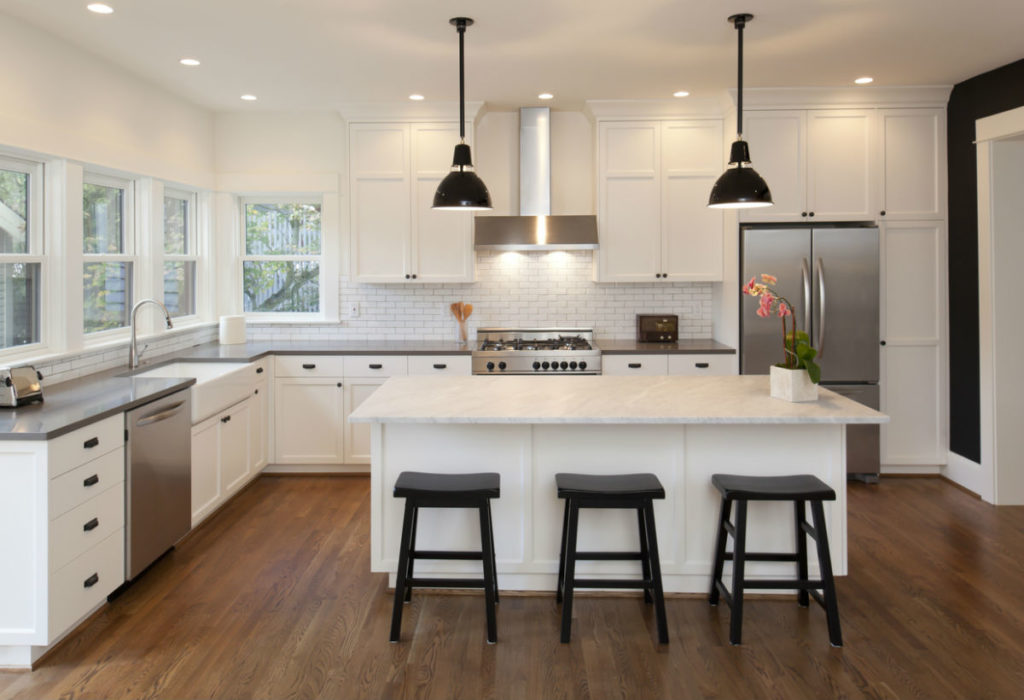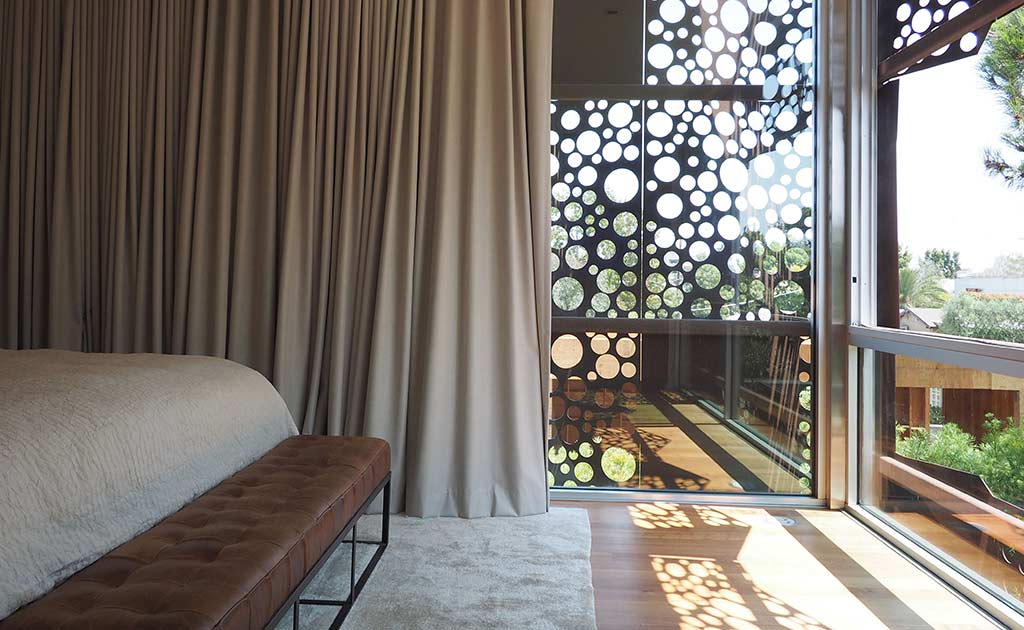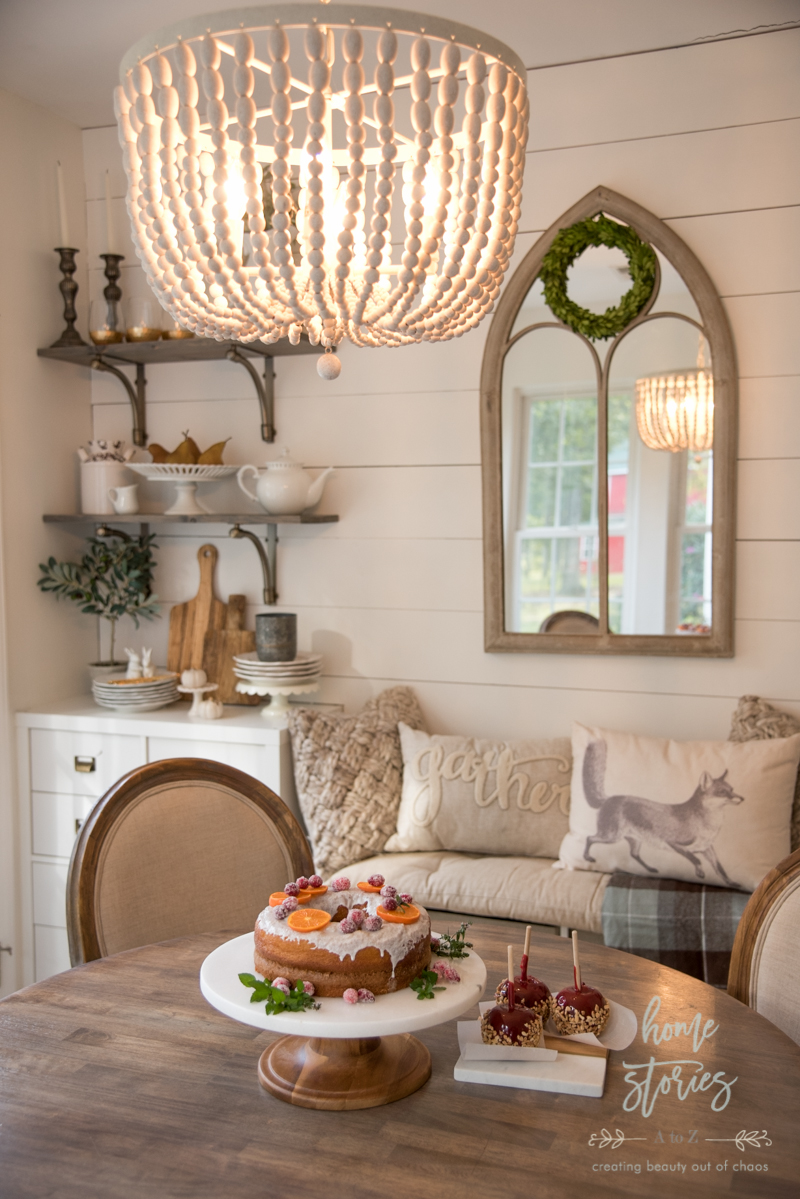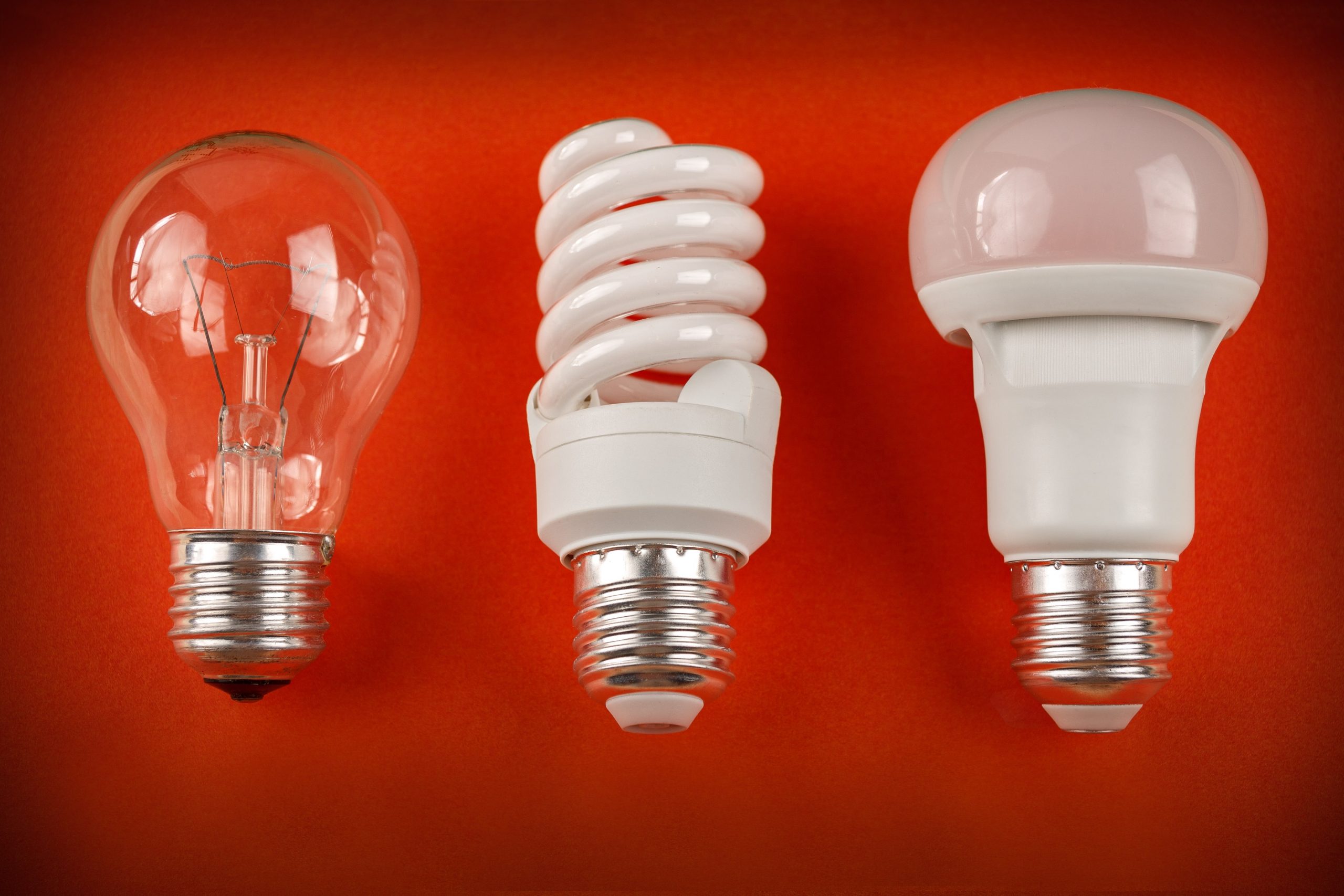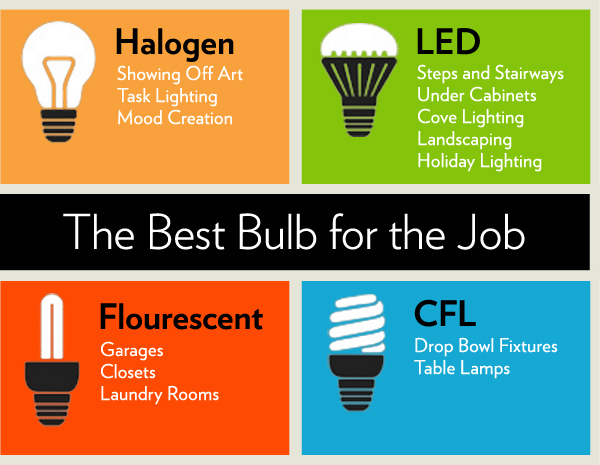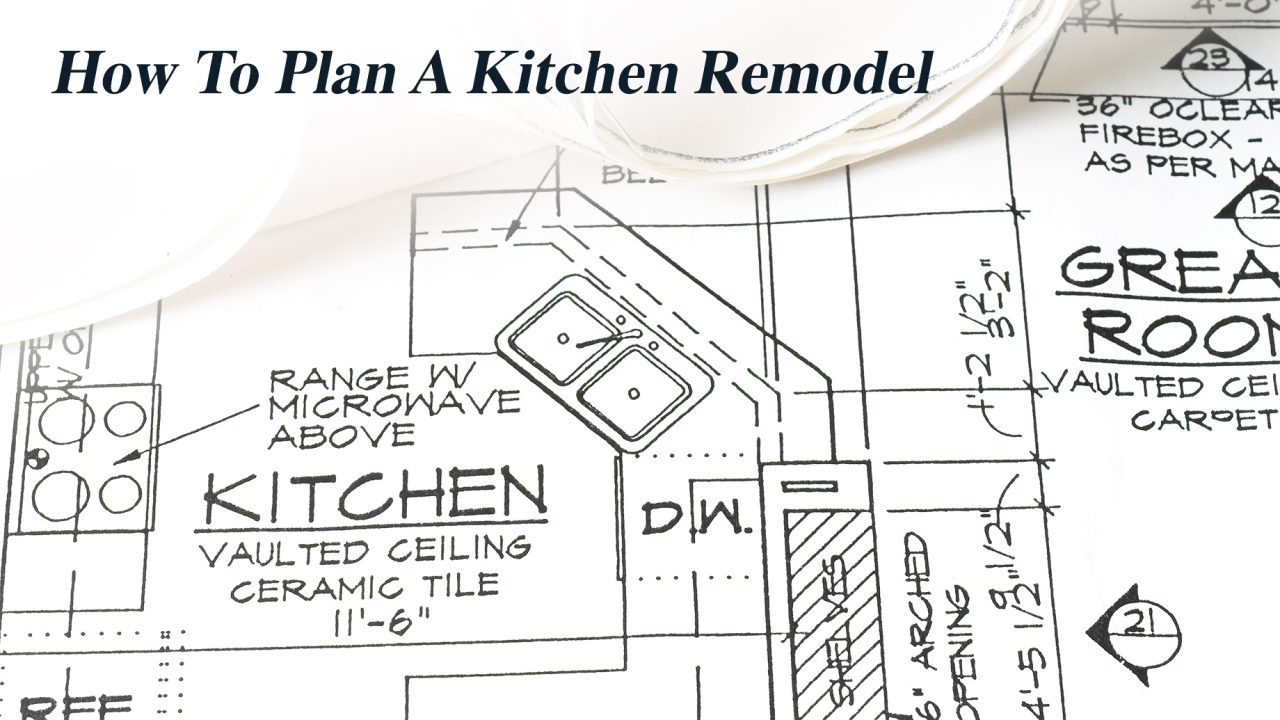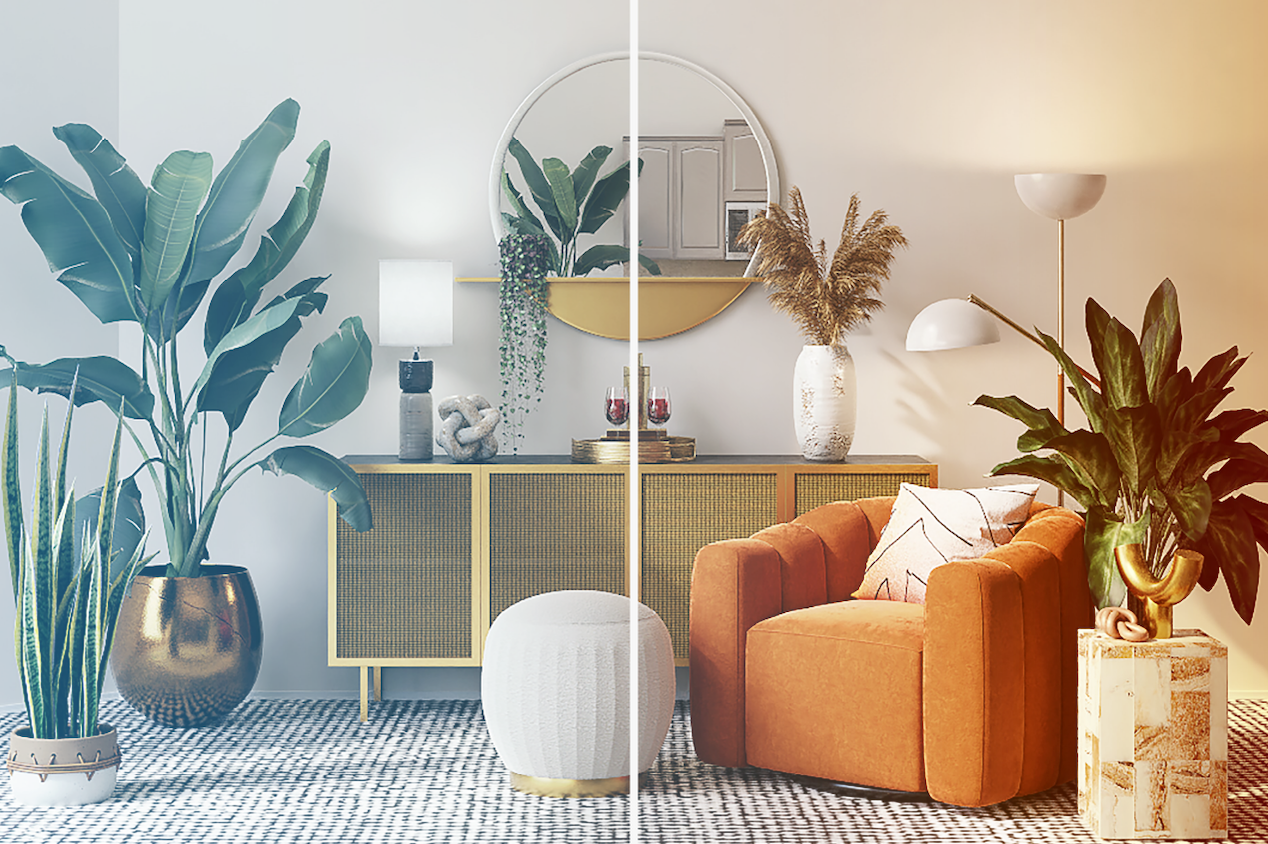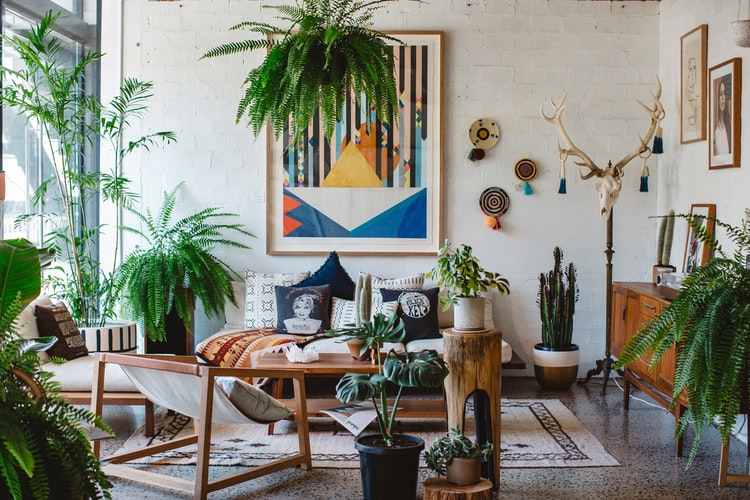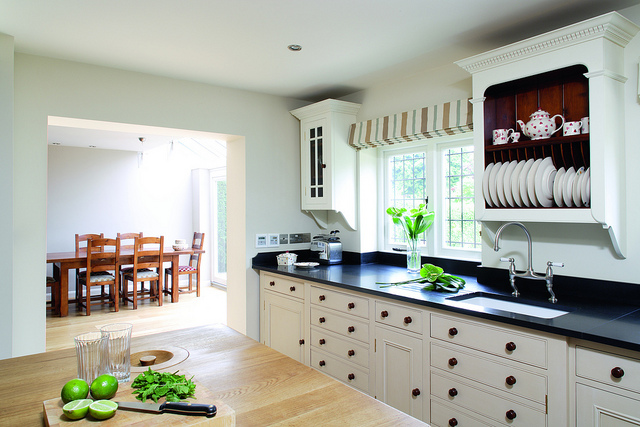When it comes to designing your kitchen, one of the most important factors to consider is lighting. Not only does it play a crucial role in the functionality of your space, but it also has a significant impact on the overall ambiance and atmosphere. Two popular options for kitchen lighting are natural light and warm light. But which one is better for your kitchen? Let's take a closer look. When we talk about natural light, we're referring to the light that comes in through your windows and doors. It's the light that comes from the sun and can vary in intensity and color throughout the day. On the other hand, warm light is artificial light that has a yellow or orange hue, similar to the color of candlelight or a fire. Both types of light have their advantages and can be used in different ways to enhance your kitchen.1. Natural Light vs. Warm Light: Which is Better for Your Kitchen?
There's no denying the beauty and warmth of natural light in a kitchen. Not only does it make the space feel brighter and more inviting, but it also has several other benefits. For one, natural light can help reduce your energy costs by providing free lighting during the day. It also has a positive effect on our mood and overall well-being, making us feel more energized and productive. Another advantage of natural light is its ability to showcase the true colors of your kitchen design. This is especially important if you have chosen a specific color scheme or have invested in high-quality materials. Natural light will bring out the true hues and textures, giving your kitchen a more natural and organic look.2. The Benefits of Daylight in Your Kitchen
Now that we've established the benefits of natural light, you may be wondering if it's the best choice for your kitchen. The truth is, every kitchen is unique, and there's no one-size-fits-all answer. It all depends on factors such as the size and layout of your kitchen, the direction it faces, and your personal preferences. If your kitchen receives plenty of natural light, you may want to consider using warm light to balance out the brightness and create a cozy ambiance. On the other hand, if your kitchen is lacking in natural light, you can use a combination of both natural and warm light to brighten up the space and create a warm and inviting atmosphere.3. How to Choose the Right Lighting for Your Kitchen
To better understand the difference between daylight and warm light, it's essential to know the science behind it. Natural light has a higher color temperature, which means it appears more blue during the day and more orange during sunrise and sunset. Warm light, on the other hand, has a lower color temperature, giving it a yellow or orange hue similar to candlelight. The color temperature of your kitchen's lighting can have a significant impact on its overall look and feel. Cooler tones can make a space feel more modern and energizing, while warmer tones can create a more traditional and cozy atmosphere.4. Daylight vs. Warm Light: What's the Difference?
When planning your kitchen design, lighting should not be an afterthought. It should be considered as an integral part of the design process. The right lighting can highlight your kitchen's best features, create a comfortable and functional workspace, and set the right mood for cooking and entertaining. Aside from choosing between natural and warm light, there are other lighting elements to consider, such as task lighting for work areas, ambient lighting for overall illumination, and accent lighting to highlight specific features or decor. Combining these different types of lighting can help create a layered and well-lit space.5. The Importance of Lighting in Your Kitchen Design
If you prefer a cozy and inviting kitchen, warm lighting is the way to go. It can help create a calming and comfortable atmosphere, perfect for cooking and gathering with family and friends. Warm light can also make a space feel more intimate and welcoming, making it a popular choice for kitchens with an open-concept design. When using warm lighting, it's important to choose the right type of bulbs. Incandescent and LED bulbs with a color temperature of 2700K to 3000K are ideal for creating a warm and inviting ambiance. You can also add dimmers to your light switches to adjust the intensity of the light and create a more versatile space.6. Creating a Cozy Kitchen with Warm Lighting
If your kitchen receives ample natural light, you may want to take advantage of it and maximize its potential. Start by keeping your windows clean and unobstructed to allow as much light as possible to come in. You can also use light-colored or reflective surfaces, such as white cabinets or a mirrored backsplash, to bounce natural light around the space. Another way to maximize natural light is by using sheer or light-colored curtains or blinds. These can help diffuse the light and prevent harsh glares or shadows. And when choosing artificial lighting for your kitchen, opt for bulbs with a color temperature that closely matches natural light to create a seamless transition.7. Maximizing Natural Light in Your Kitchen
When it comes to choosing the best light bulbs for your kitchen, there are several options to consider. Incandescent bulbs give off warm light and are the most traditional option, but they are not very energy-efficient. LED bulbs are a popular choice for their energy efficiency and come in various color temperatures, including warm and cool options. Another option is fluorescent bulbs, which are known for their bright and white light. However, they are not as energy-efficient as LED bulbs and can give off a harsh, industrial feel. Ultimately, the best light bulbs for your kitchen will depend on your personal preferences and the look and feel you're trying to achieve.8. The Best Light Bulbs for a Bright and Inviting Kitchen
If you're planning a kitchen remodel, incorporating daylight into your design should be a top priority. This can be achieved by adding or enlarging windows or even installing skylights to bring in more natural light. You can also consider removing or replacing upper cabinets with open shelves or glass-front cabinets to allow more light to flow through the space. Another way to incorporate daylight into your kitchen remodel is by choosing light-colored and reflective materials for your countertops, backsplash, and flooring. These will help reflect natural light, making your kitchen feel brighter and more spacious.9. How to Incorporate Daylight into Your Kitchen Remodel
While warm and cool lighting have their own unique benefits, finding the right balance between the two is key. Too much warm lighting can make a space feel too cozy and even dim, while too much cool lighting can give off a harsh and sterile feel. The key is to find the right balance that works for your kitchen's layout and your personal preferences. You can achieve this by combining different types of lighting, such as using warm lighting for ambient and task lighting, and cooler lighting for accent lighting. You can also experiment with different color temperatures to find the perfect balance that will make your kitchen feel bright, welcoming, and functional.10. Warm vs. Cool Lighting: Finding the Right Balance for Your Kitchen
Choosing the Right Lighting for Your Kitchen: Daylight or Warm Light?
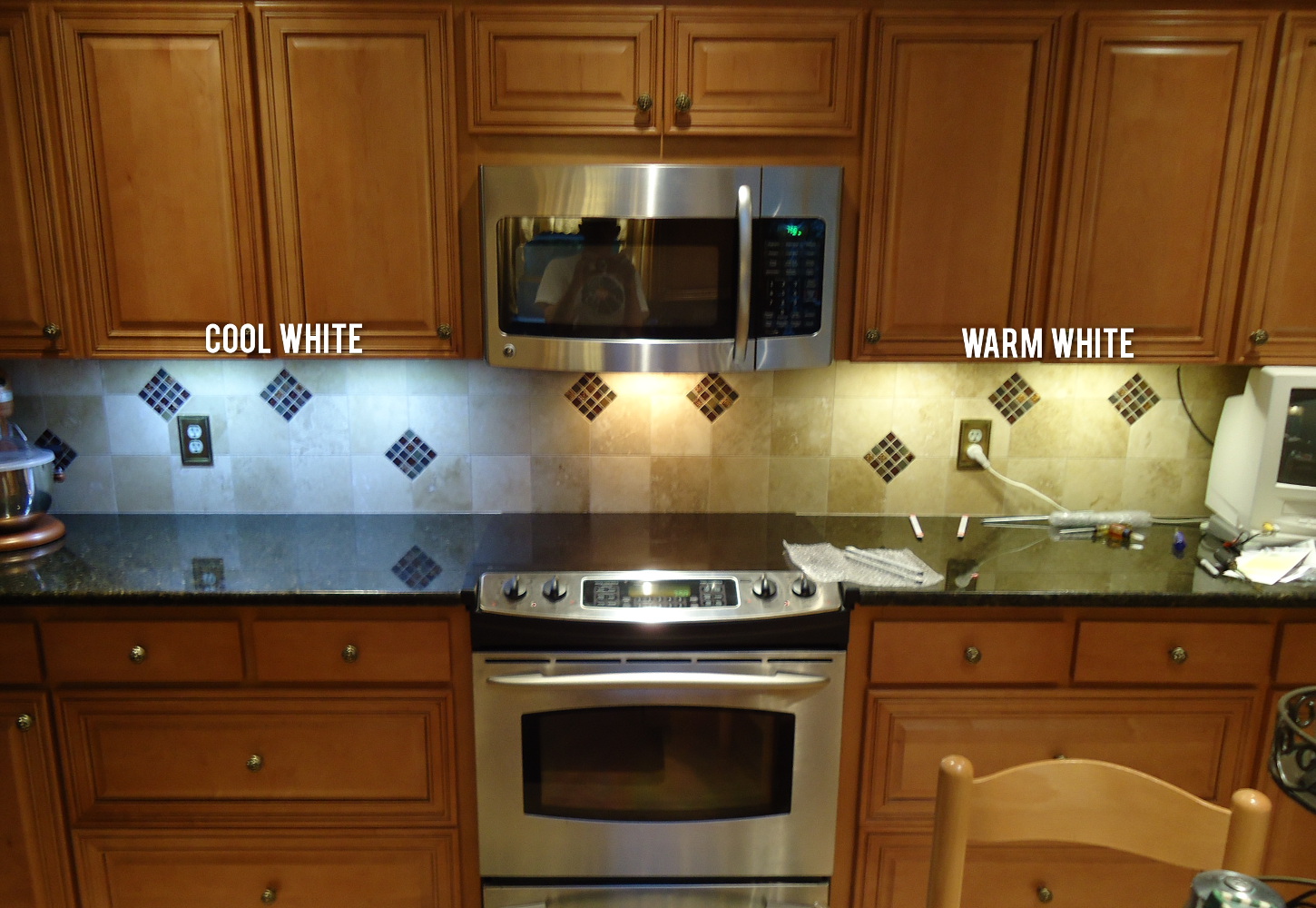
The Importance of Lighting in Kitchen Design
 When it comes to designing a kitchen, lighting is often overlooked or underestimated. However, lighting plays a crucial role in creating a functional and inviting space. Not only does it affect the overall ambiance and mood of the kitchen, but it also has a significant impact on the functionality and safety of the space. Proper lighting can make or break the overall design of your kitchen, and one of the key decisions you'll have to make is whether to use daylight or warm light. Let's explore the differences and benefits of each to help you make the best choice for your kitchen.
When it comes to designing a kitchen, lighting is often overlooked or underestimated. However, lighting plays a crucial role in creating a functional and inviting space. Not only does it affect the overall ambiance and mood of the kitchen, but it also has a significant impact on the functionality and safety of the space. Proper lighting can make or break the overall design of your kitchen, and one of the key decisions you'll have to make is whether to use daylight or warm light. Let's explore the differences and benefits of each to help you make the best choice for your kitchen.
The Benefits of Daylight in the Kitchen
 Daylight
is the natural light that comes from the sun. It is considered the best source of light as it is the closest to natural light that we experience outdoors. Incorporating daylight into your kitchen design can have numerous benefits, both in terms of aesthetics and functionality.
One of the biggest advantages of daylight is its ability to enhance the overall ambiance of the kitchen. It creates a bright and airy feel, making the space feel more open and inviting. Daylight can also bring out the true colors of your kitchen, making it look more vibrant and lively. Additionally, natural light has been proven to boost mood and productivity, making it an ideal choice for a space where you spend a lot of time cooking and entertaining.
Another advantage of using daylight in the kitchen is its energy efficiency. By harnessing natural light, you can reduce your reliance on artificial lighting, which can result in significant cost savings on your energy bills. Moreover, daylight is also beneficial for your health as it provides essential vitamins and promotes better sleep.
Daylight
is the natural light that comes from the sun. It is considered the best source of light as it is the closest to natural light that we experience outdoors. Incorporating daylight into your kitchen design can have numerous benefits, both in terms of aesthetics and functionality.
One of the biggest advantages of daylight is its ability to enhance the overall ambiance of the kitchen. It creates a bright and airy feel, making the space feel more open and inviting. Daylight can also bring out the true colors of your kitchen, making it look more vibrant and lively. Additionally, natural light has been proven to boost mood and productivity, making it an ideal choice for a space where you spend a lot of time cooking and entertaining.
Another advantage of using daylight in the kitchen is its energy efficiency. By harnessing natural light, you can reduce your reliance on artificial lighting, which can result in significant cost savings on your energy bills. Moreover, daylight is also beneficial for your health as it provides essential vitamins and promotes better sleep.
The Benefits of Warm Light in the Kitchen
 Alternatively,
warm light
, also known as soft white or incandescent light, is a type of artificial light that emits a warm, yellowish glow. It is typically used in living spaces such as bedrooms and living rooms, but it can also be a great option for the kitchen.
One of the main benefits of warm light is its ability to create a cozy and inviting atmosphere in the kitchen. It can add warmth and depth to the space, making it feel more comfortable and inviting. Warm light can also make your kitchen feel more intimate and intimate, making it the perfect choice for a romantic dinner or a quiet family meal.
Moreover, warm light is also ideal for task lighting in the kitchen. It provides a softer, more diffused light that is less harsh on the eyes, making it perfect for tasks such as chopping vegetables or reading recipes. Additionally, warm light can also highlight certain features in your kitchen, such as artwork or decorative elements, adding to the overall design aesthetic.
Alternatively,
warm light
, also known as soft white or incandescent light, is a type of artificial light that emits a warm, yellowish glow. It is typically used in living spaces such as bedrooms and living rooms, but it can also be a great option for the kitchen.
One of the main benefits of warm light is its ability to create a cozy and inviting atmosphere in the kitchen. It can add warmth and depth to the space, making it feel more comfortable and inviting. Warm light can also make your kitchen feel more intimate and intimate, making it the perfect choice for a romantic dinner or a quiet family meal.
Moreover, warm light is also ideal for task lighting in the kitchen. It provides a softer, more diffused light that is less harsh on the eyes, making it perfect for tasks such as chopping vegetables or reading recipes. Additionally, warm light can also highlight certain features in your kitchen, such as artwork or decorative elements, adding to the overall design aesthetic.
Which is the Best Choice for Your Kitchen?
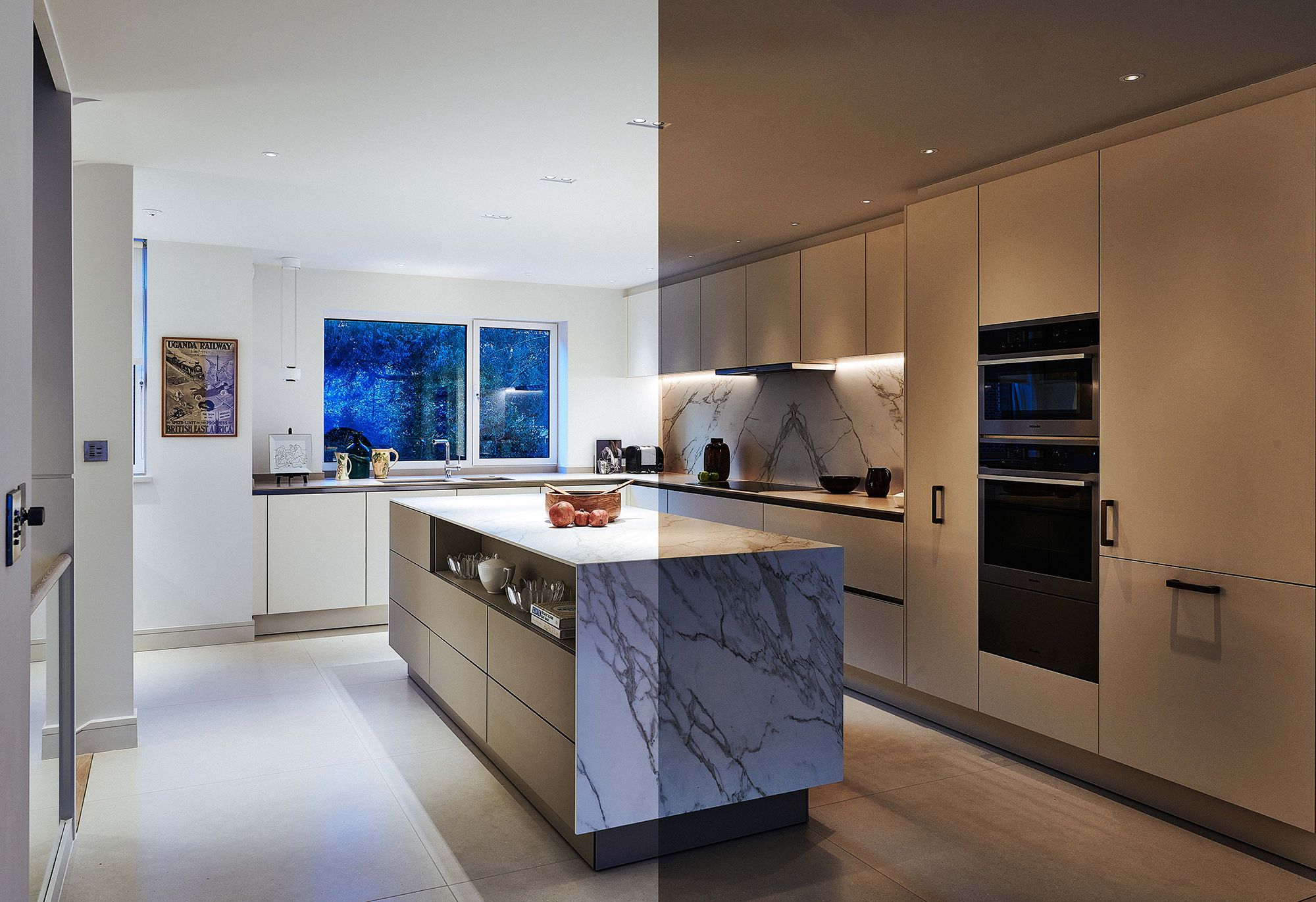 When it comes to choosing between daylight or warm light for your kitchen, there is no one-size-fits-all answer. It ultimately depends on your personal preference and the specific needs of your space. However, a combination of both daylight and warm light can provide the best of both worlds. Consider incorporating natural light through windows or skylights, and supplement it with warm light through fixtures and under-cabinet lighting.
In conclusion, both daylight and warm light have their unique benefits and can greatly enhance the design and functionality of your kitchen. By carefully considering your lighting options and incorporating a combination of both, you can create a well-lit and inviting space that you and your family will love.
When it comes to choosing between daylight or warm light for your kitchen, there is no one-size-fits-all answer. It ultimately depends on your personal preference and the specific needs of your space. However, a combination of both daylight and warm light can provide the best of both worlds. Consider incorporating natural light through windows or skylights, and supplement it with warm light through fixtures and under-cabinet lighting.
In conclusion, both daylight and warm light have their unique benefits and can greatly enhance the design and functionality of your kitchen. By carefully considering your lighting options and incorporating a combination of both, you can create a well-lit and inviting space that you and your family will love.



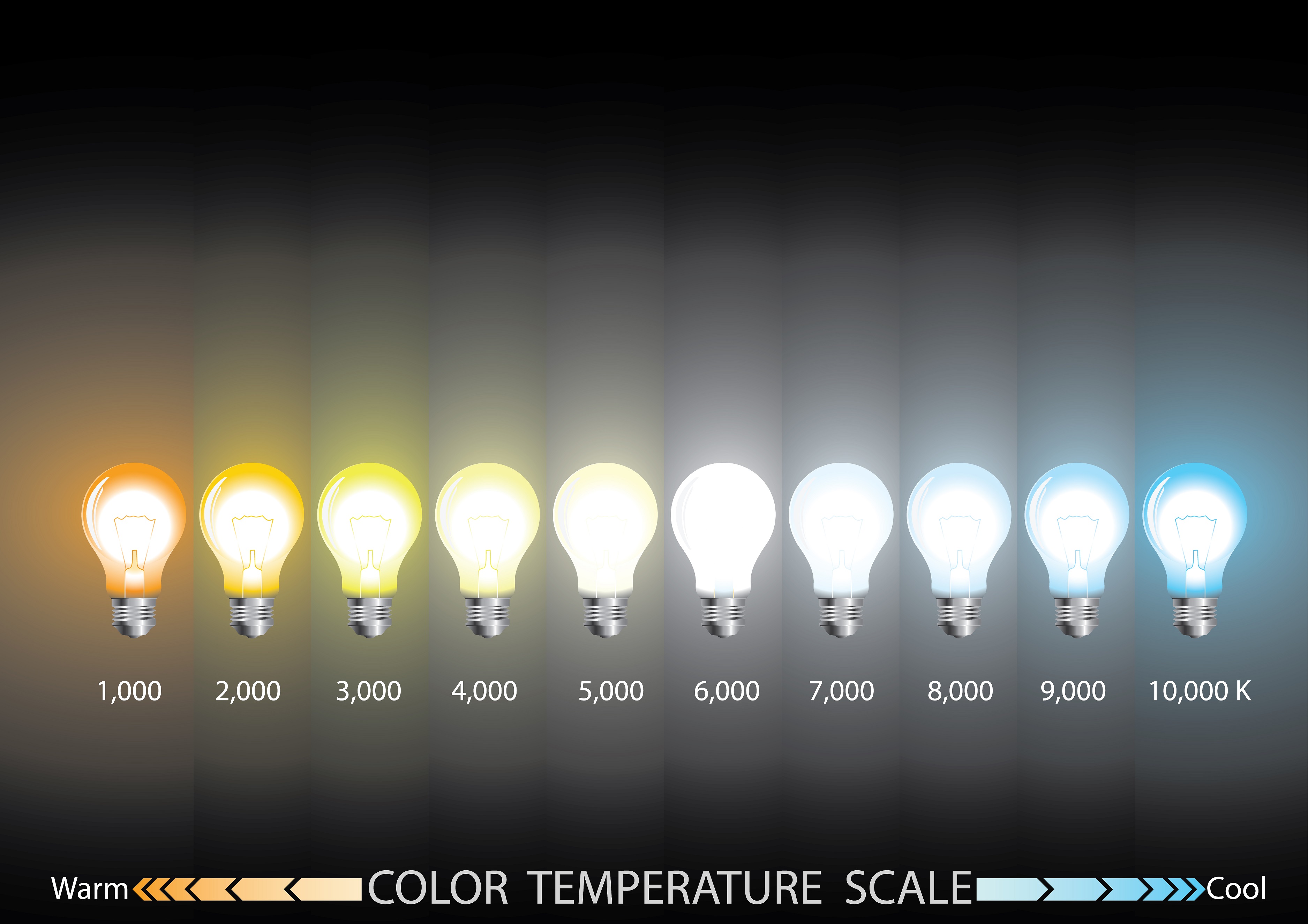

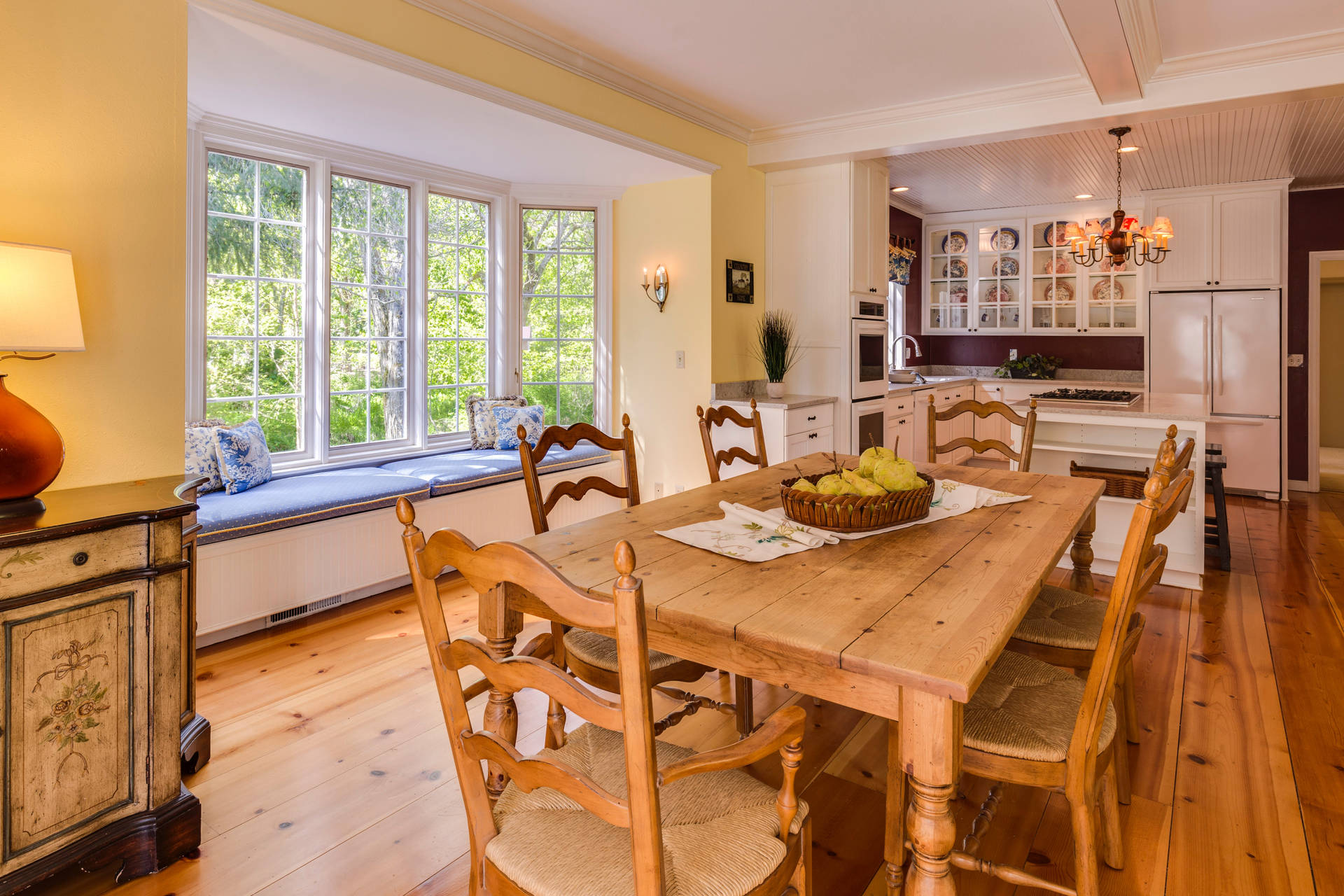







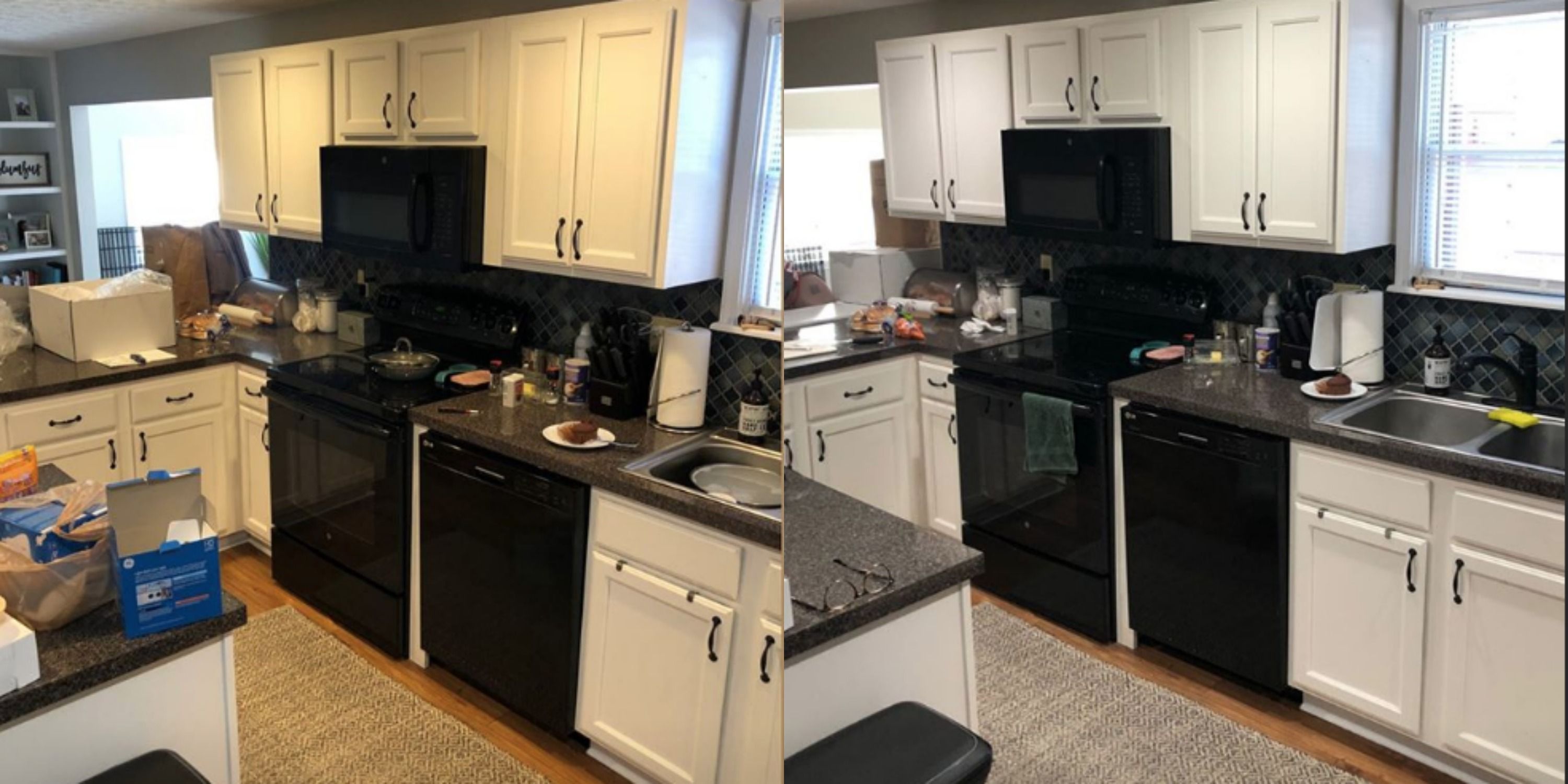
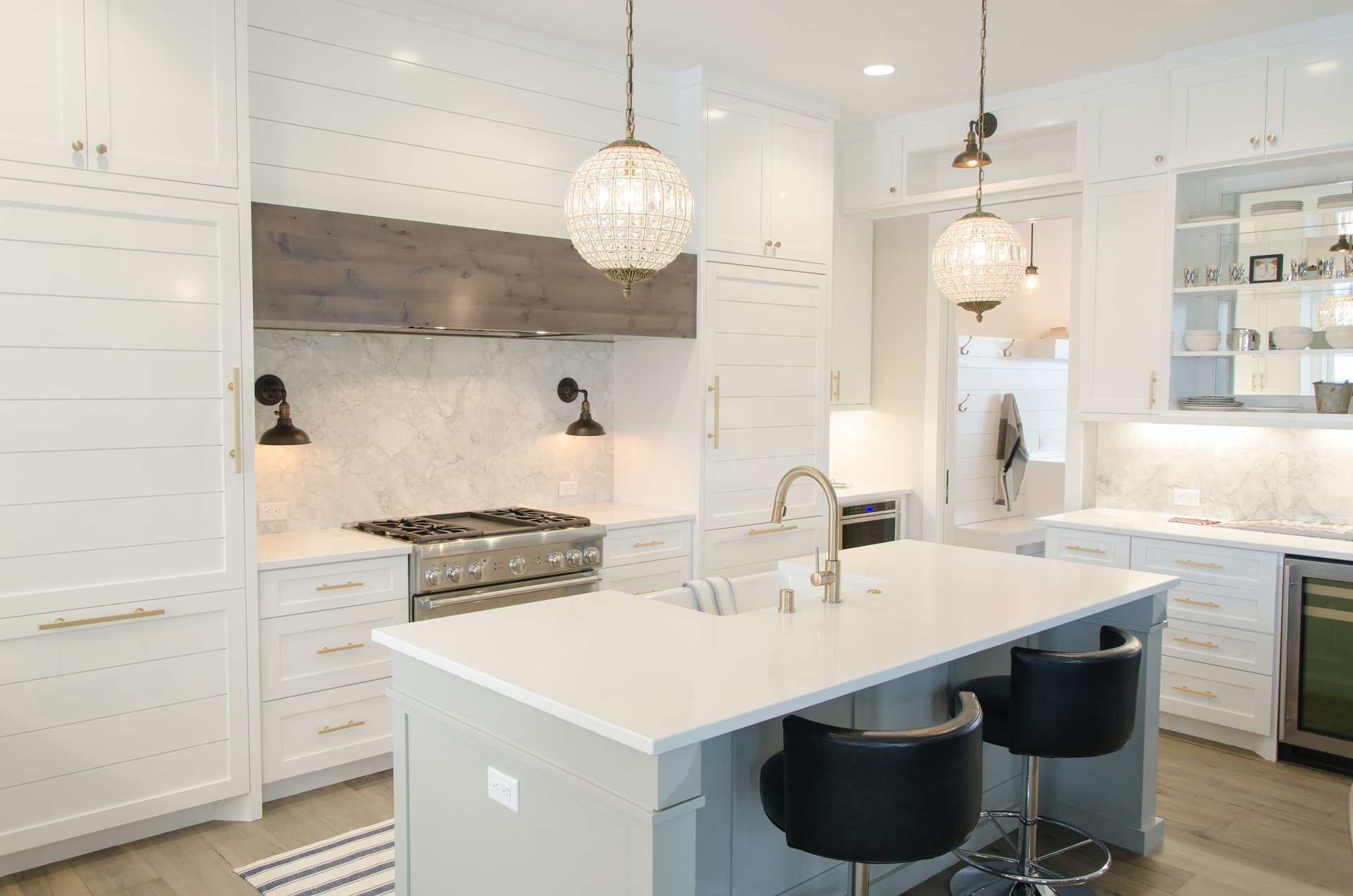










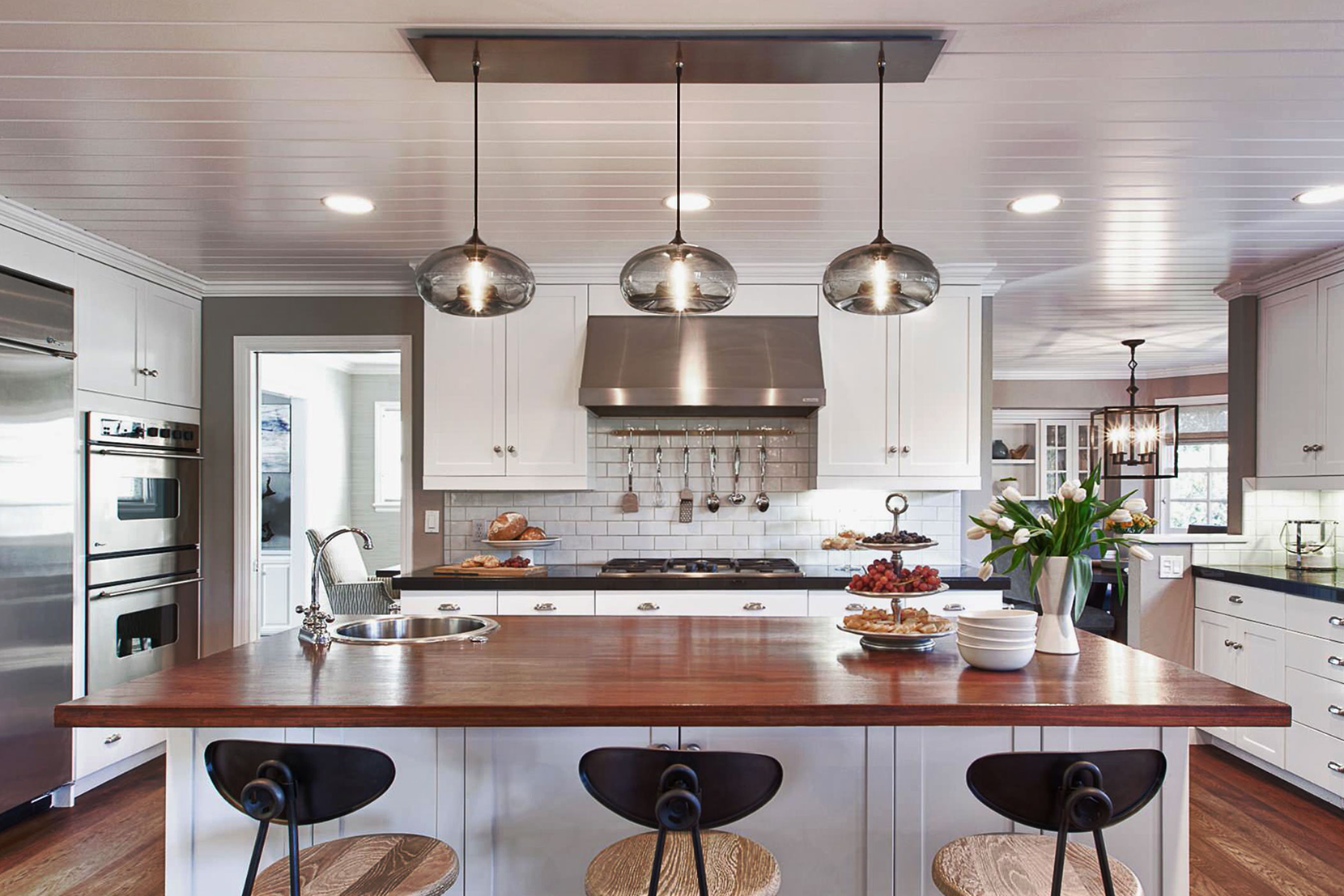
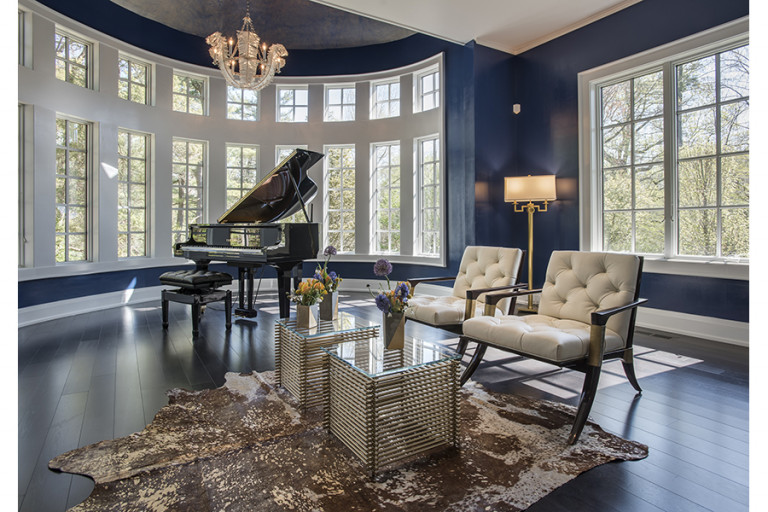

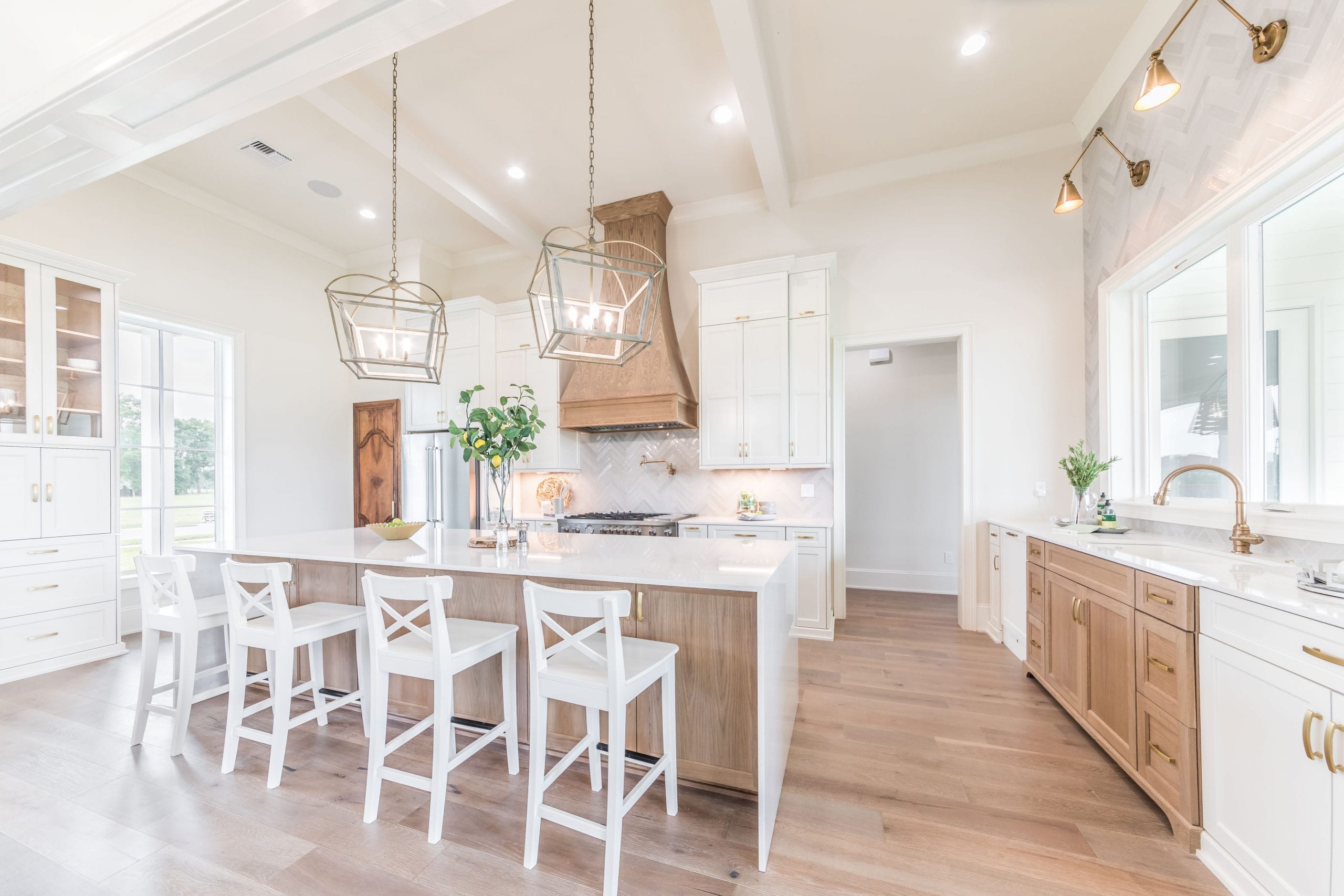

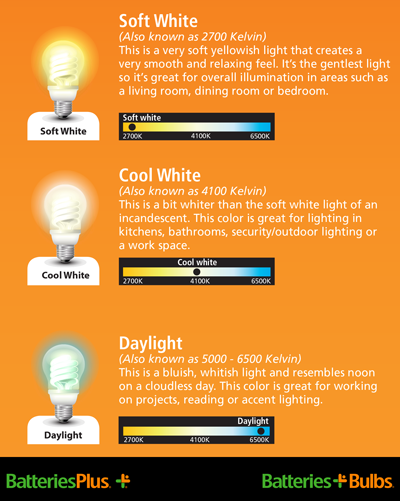

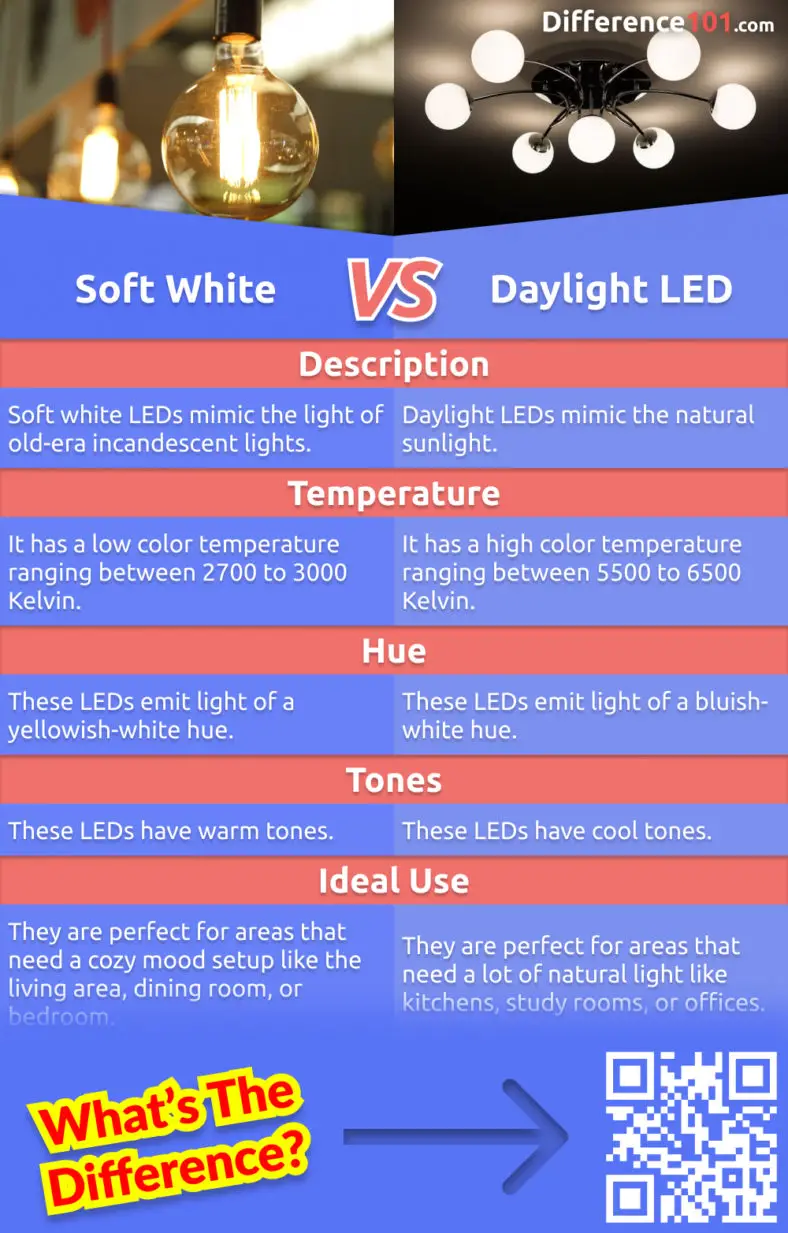

:max_bytes(150000):strip_icc()/warm-white-vs-soft-white-7567097-Illo2-v1-a528a5f62e3640eea5470b19d895b61c.png)
:max_bytes(150000):strip_icc()/SPR-soft-white-vs-daylight-bulbs-7152760-17f48efdc5c14e78b8707e0decce21c9.jpg)


